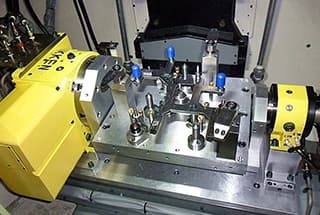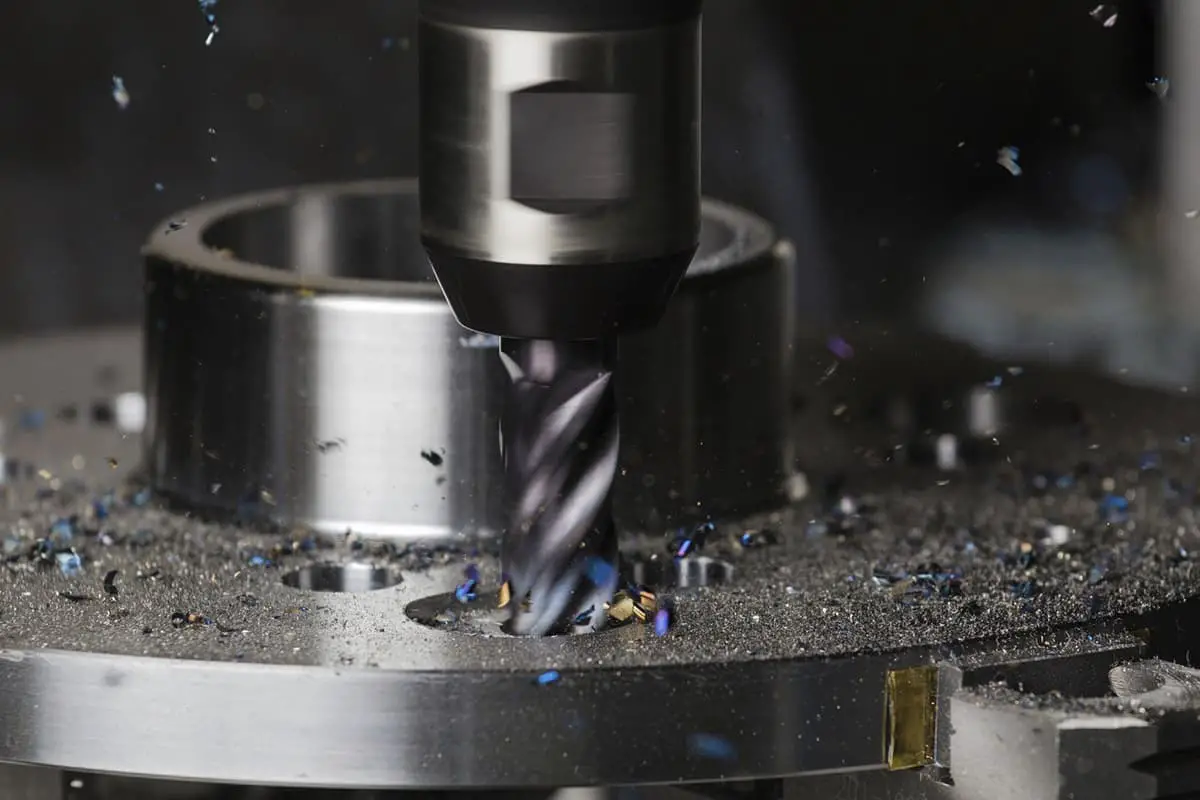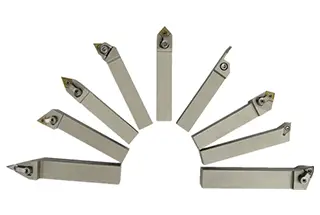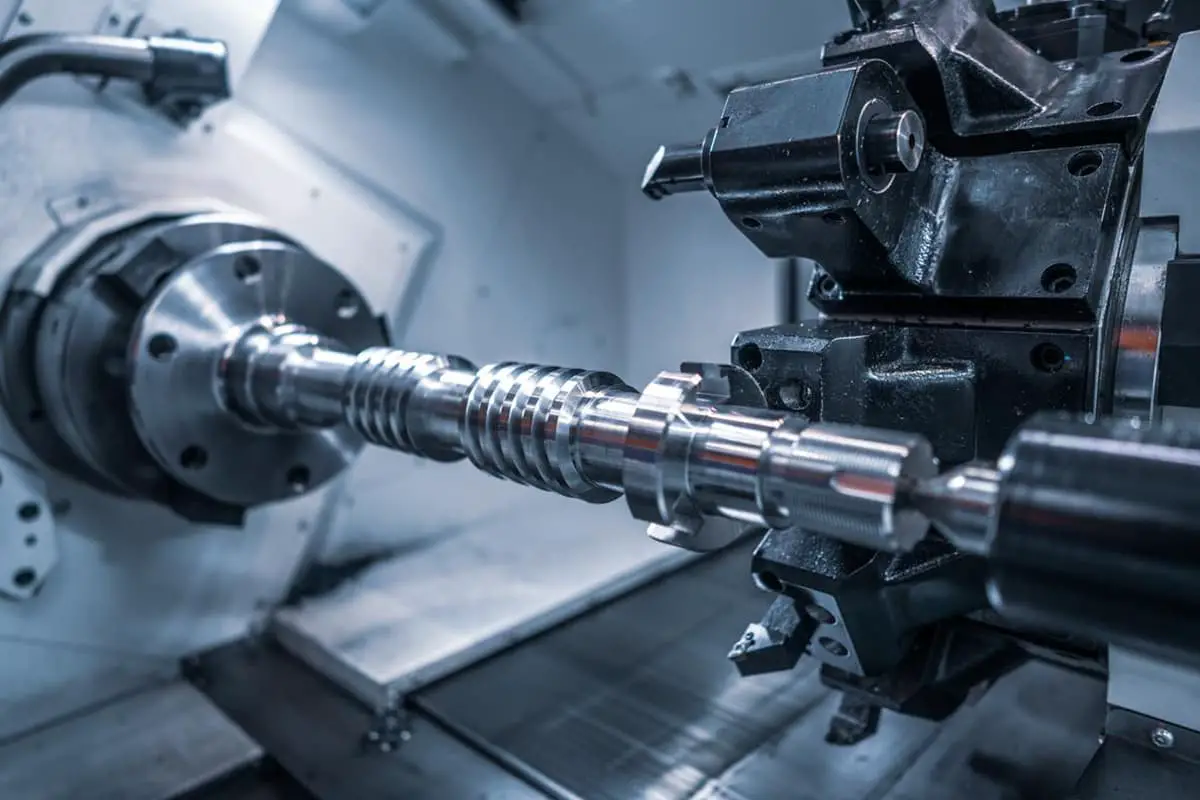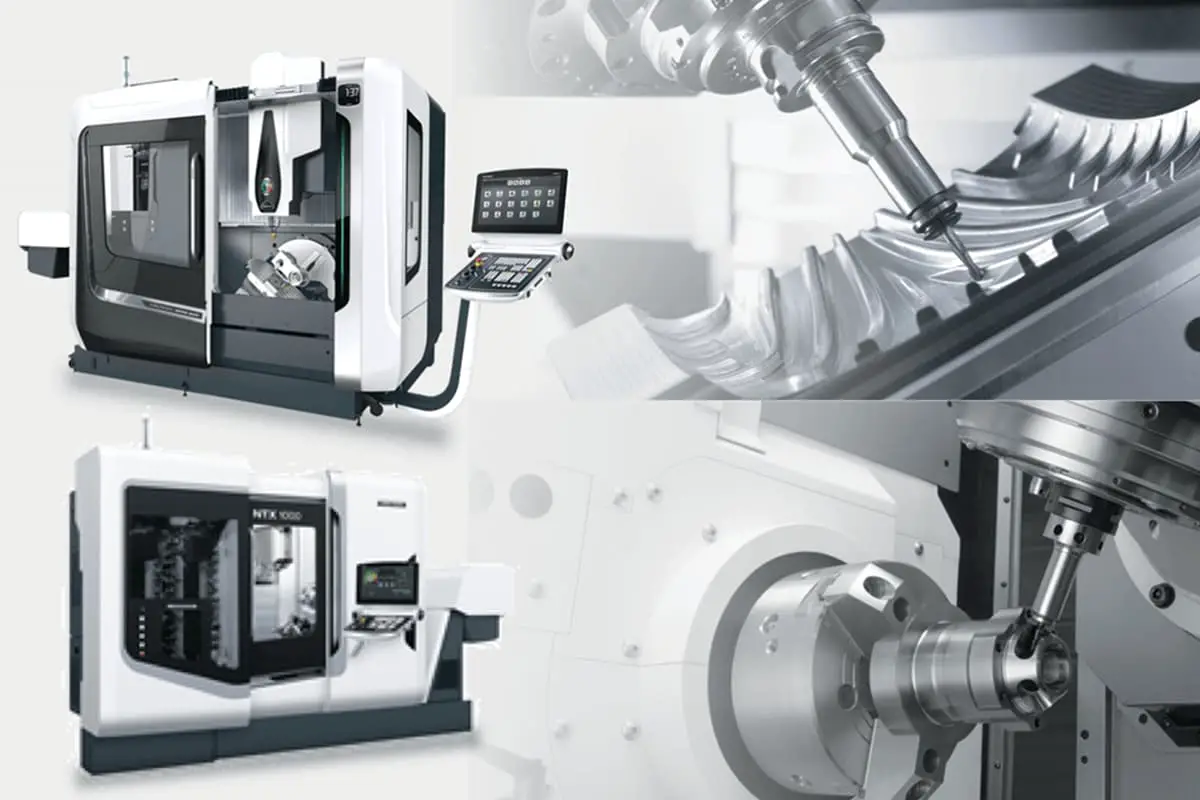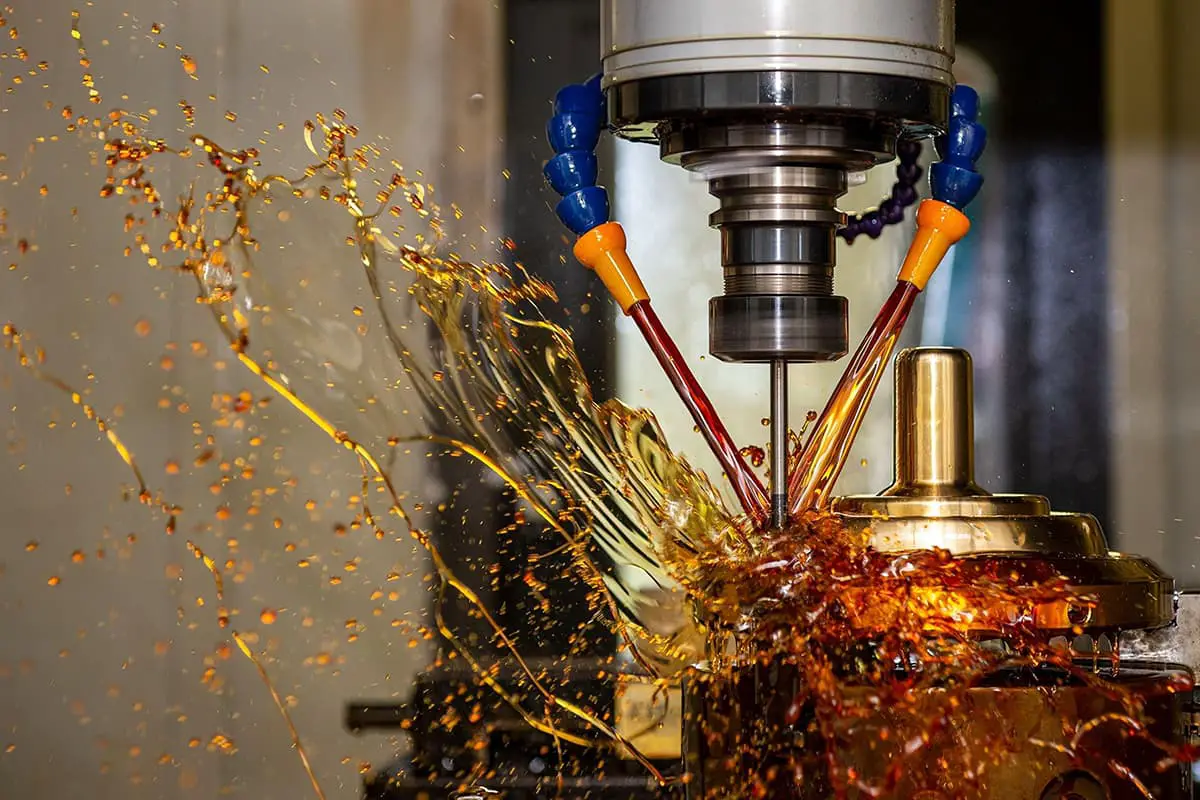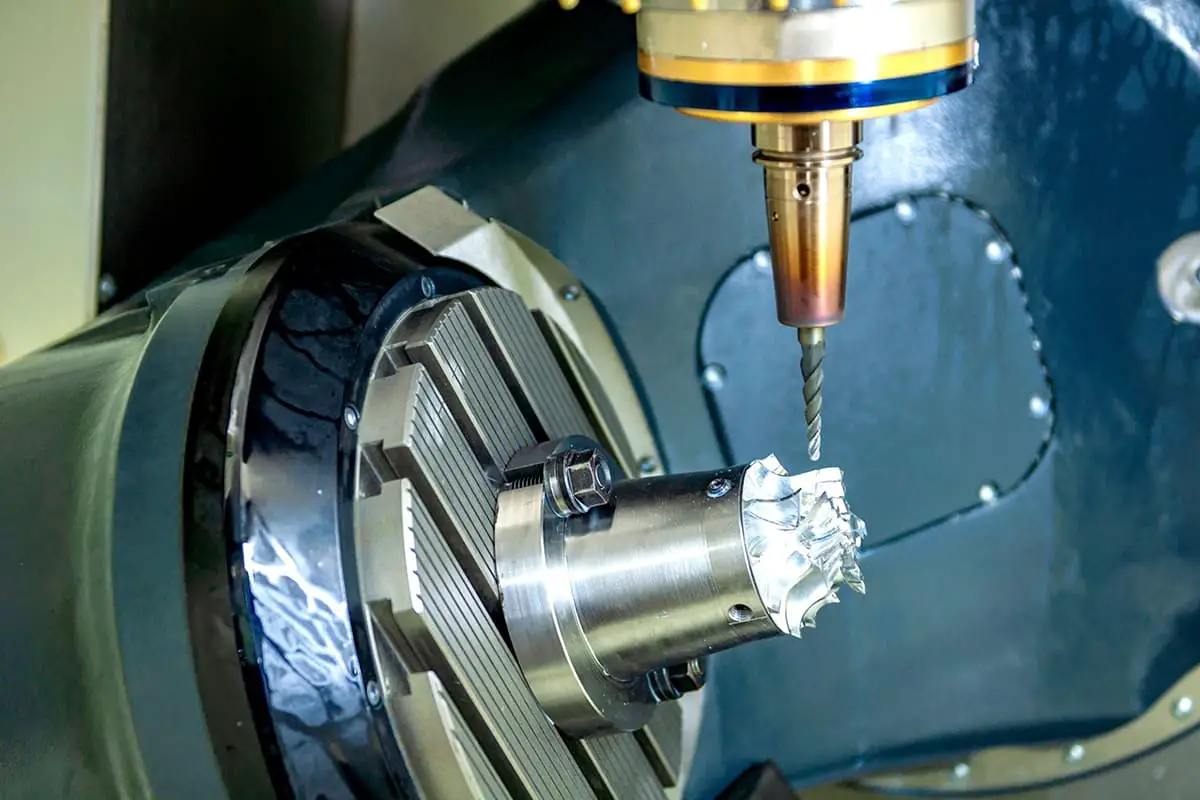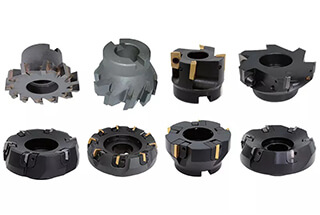
Have you ever wondered how different types of taps can enhance your machining process? This article explores seven types of taps, including extrusion, spiral groove, and pipe taps, detailing their specific uses and advantages. By understanding these distinctions, you can significantly improve your work efficiency and precision in threading tasks. Whether you’re dealing with blind holes or various metal types, this guide provides the insights needed to select the right tap for your project.
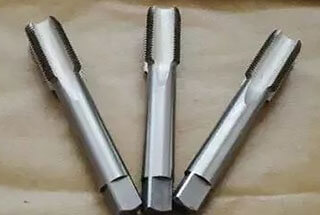

The difference between an extrusion tap and a cutting tap is that during tapping with an extrusion tap, there is no cutting discharge. The internal thread is created by pressing, resulting in a smooth and aesthetically pleasing surface.
Using an extrusion tap, the material (such as iron wire) is not continuously cut, leading to a 30% increase in thread strength and stable accuracy.
Because of its large core diameter, the extrusion tap has high endurance and torque strength, a long service life, and is less prone to breaking. This type of tap is suitable for materials with high ductility, such as iron plate, copper plate, aluminum plate, stainless steel plate, and pipes.
However, the requirements for the bottom hole of the extrusion tap are high. If the hole is too large, the amount of base metal is small, leading to a large internal thread diameter and insufficient strength. On the other hand, if the hole is too small, the closed extruded metal has nowhere to go, causing the tap to break.
The formula for determining the bottom hole diameter is: bottom hole diameter = nominal diameter of internal thread – 0.5 pitch.

The spiral flute tap has advantages when tapping in a blind hole and cutting continuously discharged steel material. This is because the right-hand spiral flute, with a cutting angle of approximately 35 degrees, allows for efficient discharge from the hole, leading to a tapping speed that can be 30% to 50% faster than that of a straight flute tap. The smooth cutting also results in good high-speed tapping performance in blind holes.
However, the spiral flute tap is not as effective when working with materials such as cast iron that are easily broken into small pieces.

The straight flute tap has the strongest versatility of all taps. It can be used for through or through holes, regardless of the material being a nonferrous metal or a ferrous metal, and is the most affordable option.
Related reading: Ferrous vs Non-ferrous Metals
However, this versatility also leads to a lack of specificity. The straight flute tap is able to perform a wide range of tasks, but it is not the best at any one of them.
The cutting cone of the tap can have 2, 4, or 6 teeth. The short cone is used for through holes, while the long cone is used for blind holes.
It is recommended to choose the longer cutting cone whenever possible, as long as the bottom hole is deep enough, as this will allow for more teeth to share the cutting load, resulting in a longer service life.
The tip tap has a special design on the front edge groove, known as the barrel edge groove, which makes it easy to start and cut, with low torque and stable precision, thus improving its durability to a higher level.
During thread machining, the chips are expelled in a forward direction. Its large core size provides good strength and can withstand substantial cutting force.
The tip tap performs exceptionally well when working with non-ferrous metals, stainless steel, and ferrous metals.
For through-hole threads, the tip tap is the preferred choice.

There are two types of pipe taps: the PF (G) thread tap, which is based on mechanical combination (JISB4445), and the thread taper tap, which is based on tightness (JISB4446).
For pipes, there are taper thread taps PT (RC) and straight thread taps PS (RP), as well as American thread taps such as NPT, NPS, NPTF, etc.

Nut taps are specified by JIS and are primarily used for tapping nuts.
Taking into account the processing characteristics of nuts, the tooth and shank of nut taps are relatively long (JJS4433).
JIS specifications include both long shank taps and short shank taps, but the length of the tooth is consistent across both types.

The straight flute design of the hand tap is the most commonly used and widely utilized.
JIS specifies that hand taps are divided into three classes based on flute length: 1# (9 flutes), 2# (5 flutes), and 3# (1.5 flutes).
When three classes are combined, the work efficiency can be increased. Hand taps can also be used as single cutting teeth.

